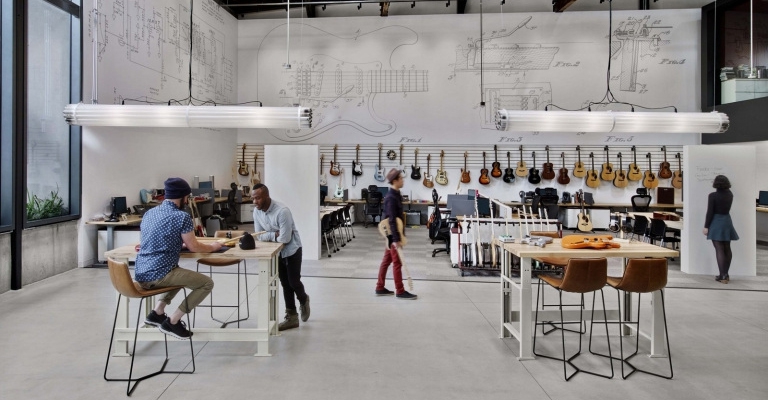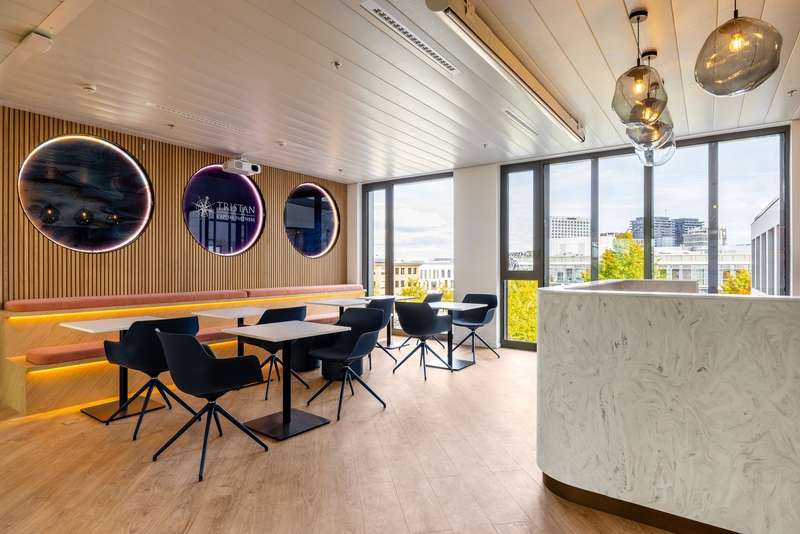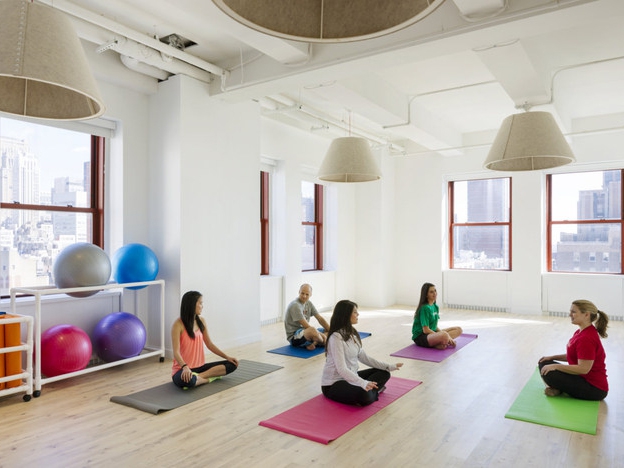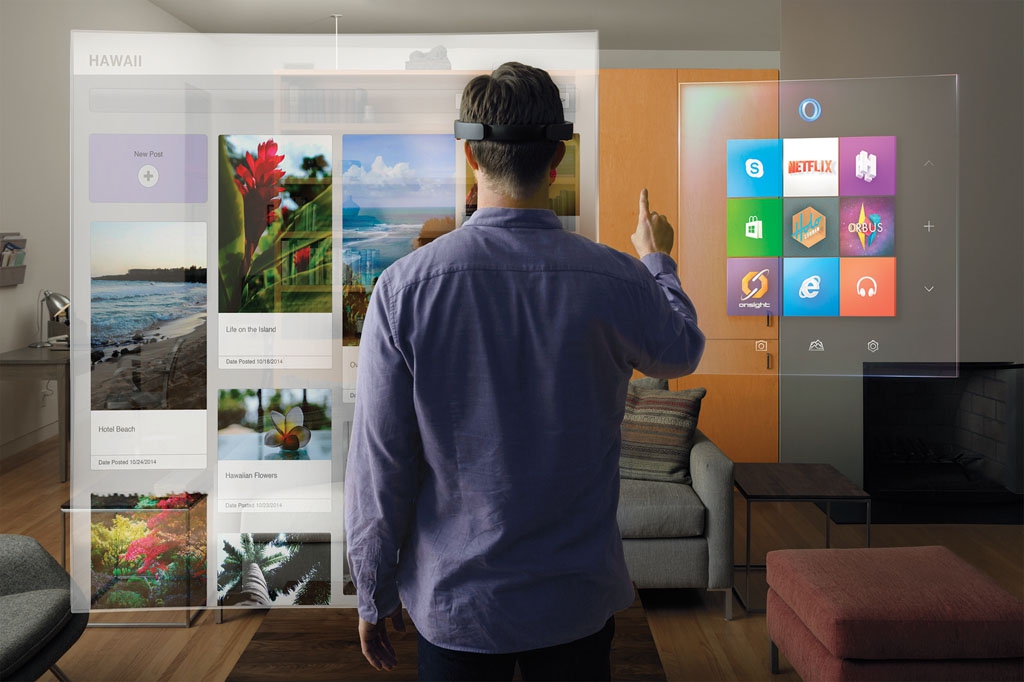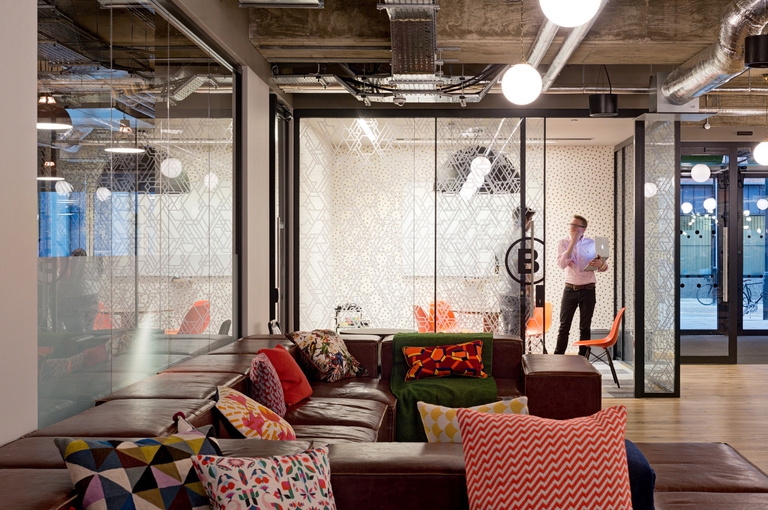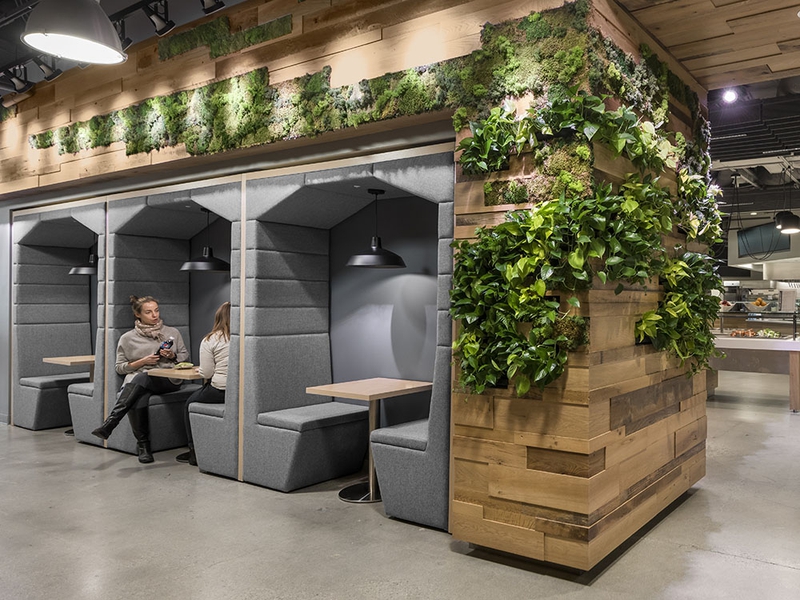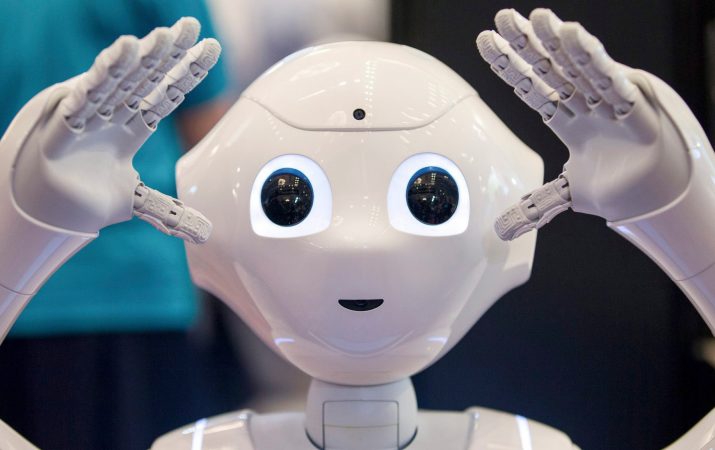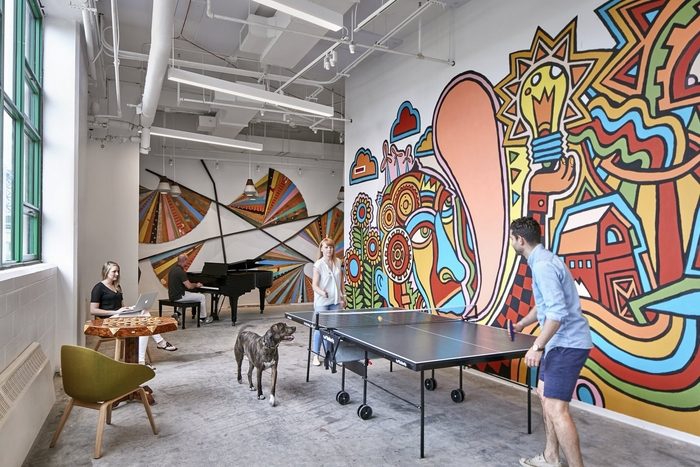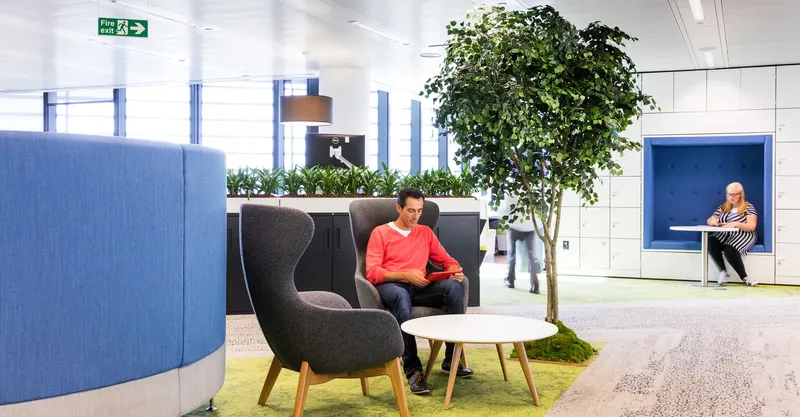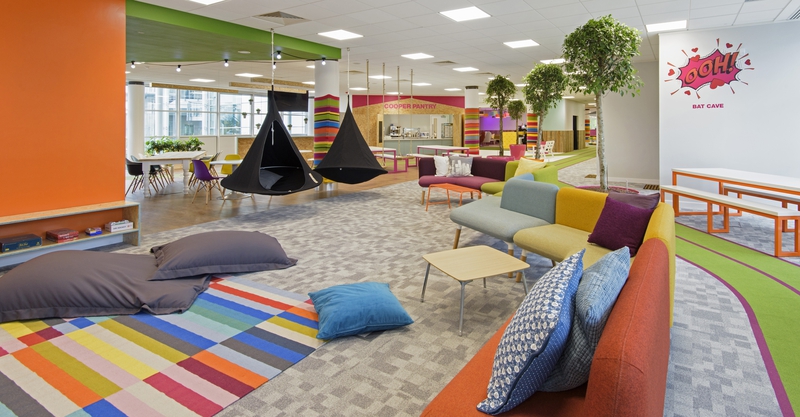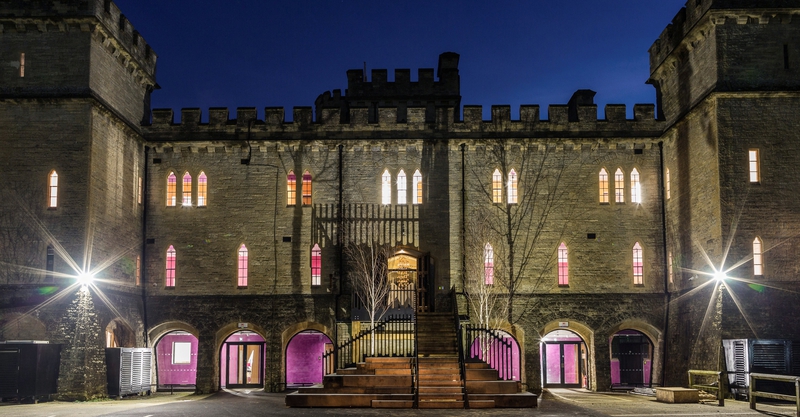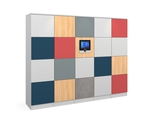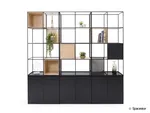Jan. 4, 2018
Industry Trends
The workplace is changing quickly. Advances in technology, political developments and societal trends continue to throw up fresh challenges and opportunities. In order to flourish, companies must be prepared to adapt every aspect of their workplace design – and the most agile will be adapting already, in order to stay one step ahead.
So, here at Spacestor, we’re beginning this exciting new year with a presentation of our top 8 workplace trends for 2018.

1. Upskilling helps with the recruitment crisis
A recruitment crisis is brewing: in America, over 6 million job openings remain unfilled because suitable candidates cannot be found; in Britain, the advent of Brexit will shrink the pool of available talent. Fortunately, the answer is right under everybody’s noses: employers must focus more on upskilling, or retraining, their existing staff. At Spacestor, we 100% believe in upskilling the talent that already exists in every company: it’s good for employers, but also great for employees keen to learn new skills and further their careers.
2. Offices become more mindful
In today’s society, wellbeing and personal experience are increasingly valued above money and possessions. Hence it’s important to provide a healthy work-life balance for employees. This can be done by organising enjoyable fitness and recreational activities; providing canteens dedicated to healthy eating; and encouraging mindfulness meditation, which has been shown to reduce anxiety and stress, and also boost creativity. It’s great to provide quiet spaces, and to offer courses in meditation or subscriptions to mindfulness apps. Remember: healthy employees make for healthy businesses.

3. Digital Workspaces revolve around humans
At Spacestor we’re wholly committed to stimulating talent – that’s why most of our trends are focused on creating a happy, inspiring environment for employees. The best designers put people, and their experiences, at the heart of the design process – this is important when designing offices, but just as important when designing digital workspaces. In other words, the software that employees use; the ways they communicate; the way that work is stored and shared – each of these must be designed with people in mind. After all, technology is here to make our lives easier, not harder.
4. Artificial Intelligence frees up employees
Artificial Intelligence (AI) is going to transform how we work. Already it’s capable of performing some tasks that have previously been performed by humans: for instance, processing data at amazing speeds. However, it’s important to remember that technology works for us, and not the other way around. By taking care of repetitive jobs like data processing, AI will allow employees to focus on jobs involving uniquely human skills like good judgement and creativity – which are generally more enjoyable, important and rewarding too.
5. Mixed reality blends right in
“Mixed reality” – meaning the blending of the real world with computer-generated imagery – is on the rise, particularly given the recent release of Microsoft’s new Windows Mixed Reality Headsets. This year it will find all kinds of applications in the workplace. For instance, imagine company presentations that incorporate virtual 3D objects; or meetings in virtual conference rooms, where you and your colleagues from around the world can sit down together; or both! The possibilities really are endless.

Microsoft Hololens - the new mixed reality headset
6. The fourth space expands
Starbucks famously describes itself as the “third space”: an alternative to the first (home) and second (work) spaces. Now, coworking spaces offer a fourth space: a large, shared office where only subscribed professionals are admitted. The popularity of more flexible working practices has brought with it a huge rise in the popularity of coworking spaces, and the benefits they bring: from flexibility, to increased sociability, to priceless networking opportunities.

WeWork coworking offices
7. Workforces grow more diverse
Unconscious bias – meaning the human tendency to discriminate against different kinds of people without even realising it – will continue to be challenged, and workforces will grow more and more diverse in terms of race, gender, age and everything else. Not only is this morally right, it’s also highly beneficial from a business perspective: a heterogeneous workforce offers more perspectives, more original ideas, and better reflects the customer base. Conversely, perceived discrimination or bias has a very debilitating effect on staff morale.
8. Four generations working together
With many older employees delaying their retirements past 65, and many young people taking jobs straight out of school, a quad-generational workforce will become more and more common. Companies will have to adapt to employees with wide-ranging attitudes toward work and technology – and the best way to keep everybody happy will be through the provision of agile offices offering a variety of different spaces for employees to use, move between and converse in.
Follow us on Facebook, Twitter and LinkedIn to keep up to date with how these trends will be affecting the workplace…
Share this article
